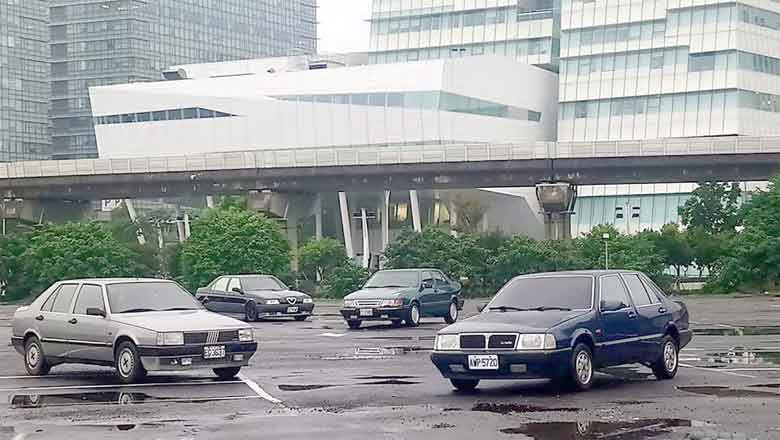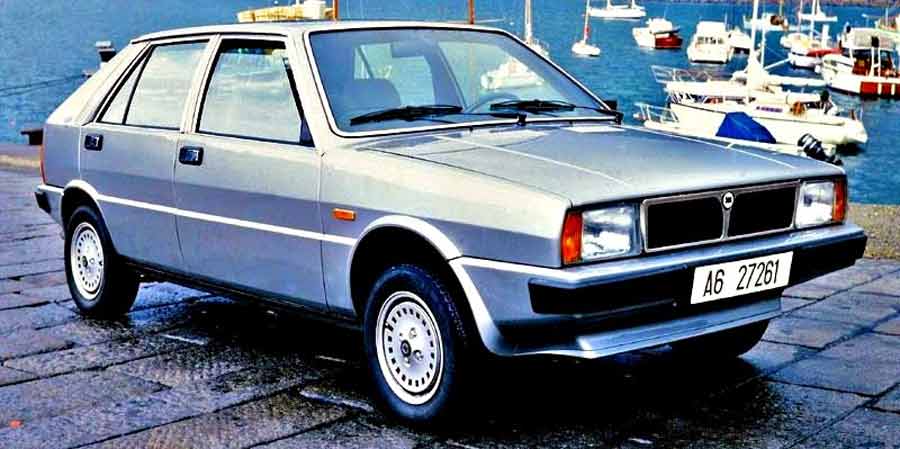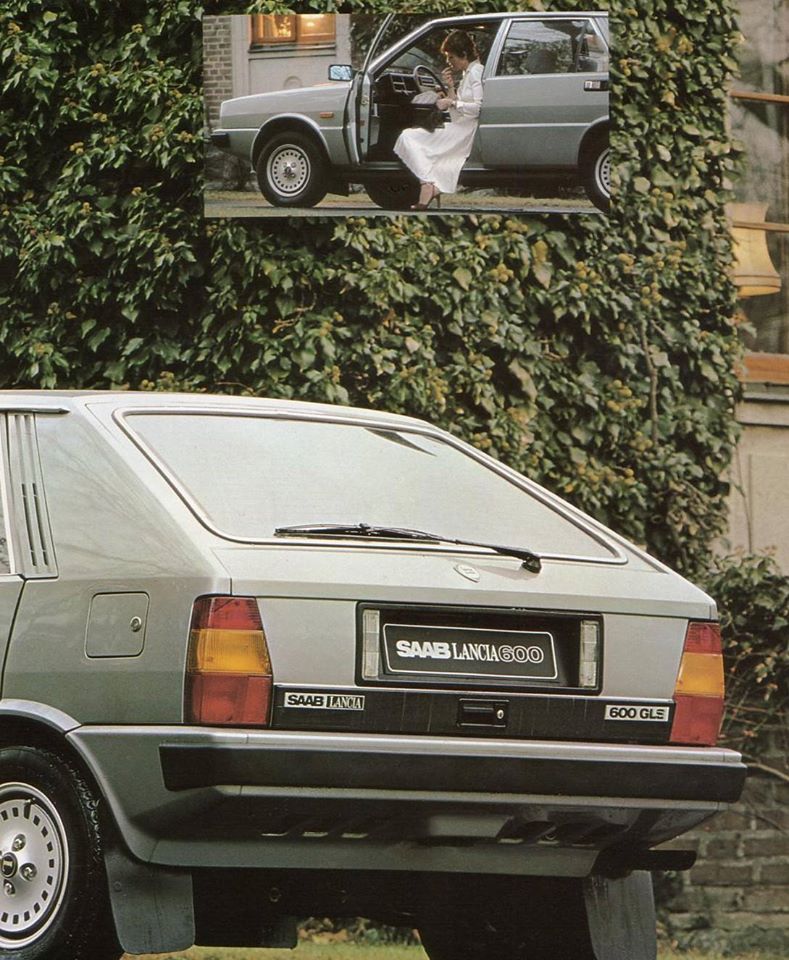We return again to an interesting, strange story about the Saab Lancia 600, a model about which the whole story was never told. This is one strange story of the Swedish Delta, in Lancia’s attempt to bring it to Nordic climates. Today it is one of the rarest youngtimers that can be found on the market.
The Saab in the 70s was trying to renew a little its range, outdated and dating back to the previous decade. The 99 was the fulcrum of Swedish production, from one of whose ribs the “myth” 900 was born: the same car that, evolution after evolution, resisted until 1993.
Table of Contents
How to find an adequate replacement for Saab 99
The problem was essentially under the Saab 99. It resided in the Saab 96, the original model of Saab car production, which had spanned two decades and which now showed the signs of natural aging, both aesthetically and technically.

Replacing the Saab 96 was a major problem for the still young Swedish manufacturer. The energies were all reserved for the 99/900 model which was gaining increasing acceptance abroad and which, for this reason, could not (and should not) be neglected.
Saab’s policy was therefore to maintain a practically single-model range for foreign markets – the Saab 900 and Saab 99, albeit with different engines and finishes they had a similar car body – while for the domestic market, where the Saab 96 still found reason to survive, a partner had to be sought, someone who would provide cheap know-how to make a mid-range hatchback.
Collaboration of the Wallenberg and Agnelli families
The context of the period certainly could make us think of a Japanese partner, on the other hand it was already known and overt that the Japanese built good cars, but for strategic reasons (but also for a trivial matter of image), the Swedes preferred to seek help in Europe. The “owner” interlocutor for Saab, in the first half of the seventies, was Fiat – i.e. collaboration of the Wallenberg and Agnelli families.
Between Trolatthan and Turin there was a stable industrial partnership aimed, on the one hand to acquire the knowledge to improve the techniques of protection of sheet metal from corrosion, on the other hand to have support and technical assistance for a possible expansion of the range.

On the wings of the “Type Four” project
And in those years the two car manufacturers developed the joint project “Type Four” from which authentic milestones such as the 9000, the Thema and the Croma were born. But, if the 9000 was planned for the mid-80s, “the little one of the house” was urgent to present it immediately: so in 1975 the project that Saab called “600” was born.
The car would have been conceived entirely in Turin, with aesthetic and technical characteristics such as to be able to easily integrate it into the range of the Swedish house, which combined high-level performance (Saab was the first to apply the turbocharger to a production car) with an original and elegant aesthetic.

Saab Lancia 600 – Car ready for the Swedish market?!
In Turin, therefore, with the help of an external design studio, they created an average car, less than four meters long, but with features that could easily make a Saab. In 1980 the Saab 600 was ready to face the Swedish market, with a strong personal aesthetic and modern and effective technical solutions.
Unfortunately the car, made in Turin and identical to a similar Italian model, it was unable to take full advantage of the new solutions in terms of defense against corrosion. In practice, the Saab 600 were not in the least adapted to the climate and aggressiveness of Swedish roads, roads that are “very salty” due to the harsh Scandinavian climate.

Already in the first months of marketing, the Saab Lancia 600 seemed “structurally unsuitable” for the Swedish market: it resisted until 1982 and was then withdrawn from the market. That “Swedish” small car was the twin of the Italian Lancia Delta.










